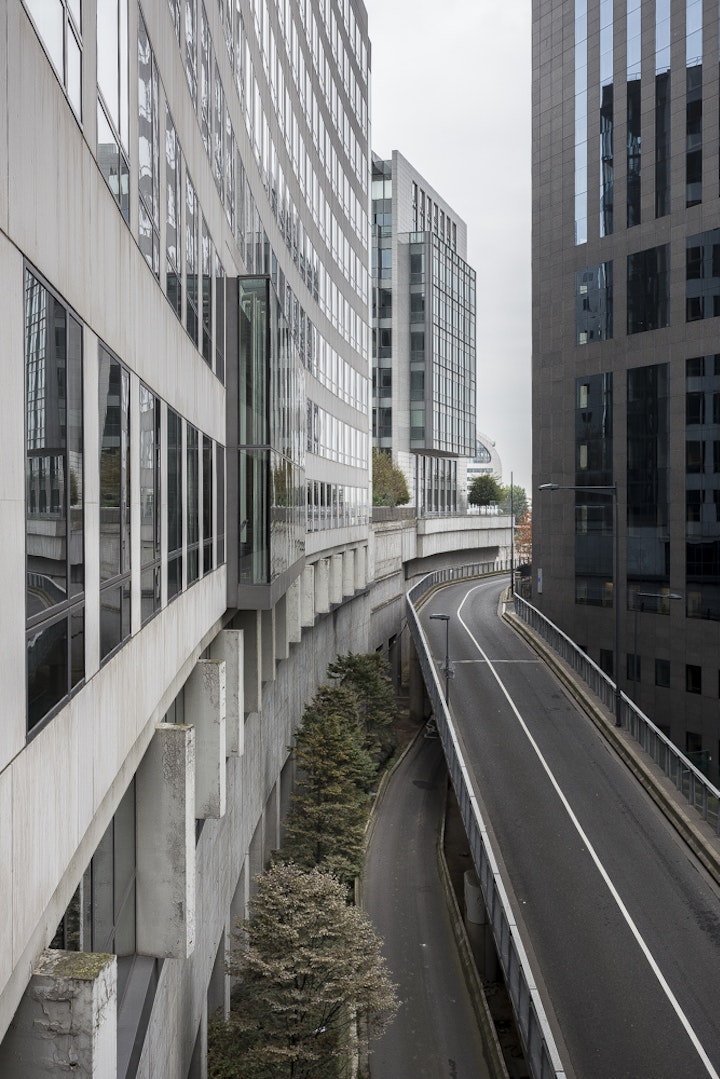LAYERS
Layers is a project I did and exhibited in Paris in 2017. This is the text that accompanied the photos in the Agaap Gallery:
Time is one of humanity's most vital measures. There’s always too little of it, and it rushes by too quickly. Some moments beg to be prolonged indefinitely, and triumphs should remain unchanging. Yet, although humans rely on this measure, it is ironically granted to them only for a fleeting moment.
One of humanity's greatest endeavors to counter its relentless logic—mapped out in the Enlightenment triad of past, present, and future—is the collective art of architecture. Architecture, which until recently was often created over lifetimes—consider medieval cathedrals or the still-unfinished Sagrada Familia—was meant to defy the passing of time.
This heroic attempt is clearly reflected in the faces of great cities. With their pride, the vanity of ever-taller skyscrapers, steel, glass, and, above all, concrete—the supposed miraculous solution to the fragility of human efforts—they seem eternal. Layers of history accumulate within them, like sediment carried along by the river of time. This sediment collects in the streets, repeatedly redrawn, in buildings demolished and rebuilt, and in open spaces, aware they might one day be closed off. In great cities, even the air seems to have a different composition, one reminiscent of a library hall where the dust could be a thousand years old.
Yet, in these same cities, if one looks in the right direction, signs of fragility begin to emerge. Kamil Krajewski captures them flawlessly, stepping away with his camera from the bustling city centers, concealed behind grand advertisements for eternal youth. He turns his focus to the outskirts of Paris, Kraków, and Berlin. Through his lens, cities, housing estates, and individual structures appear devoid of the promises of the advertised elixirs. Instead, they reveal decay—a slow crumbling of concrete and organized urban forms—spurred on by nature creeping into every crack. These are merely glimpses of the future, but Krajewski knows well that the most complete visions of what will come are built from what currently exists. He skillfully composes his frames to amplify the effect of quiet menace.
On the outskirts of most European cities, an uneven battle takes place—a battle humanity prematurely declared victorious. One such example is the relationship between nature and culture, with the latter presumed to dominate and reshape nature to its needs. Yet, in Krajewski’s photographs, time seems to favor the former. Without deliberation, nature consumes fragments of human creations, transforming them into what we so cherish and romanticize: ruins.









